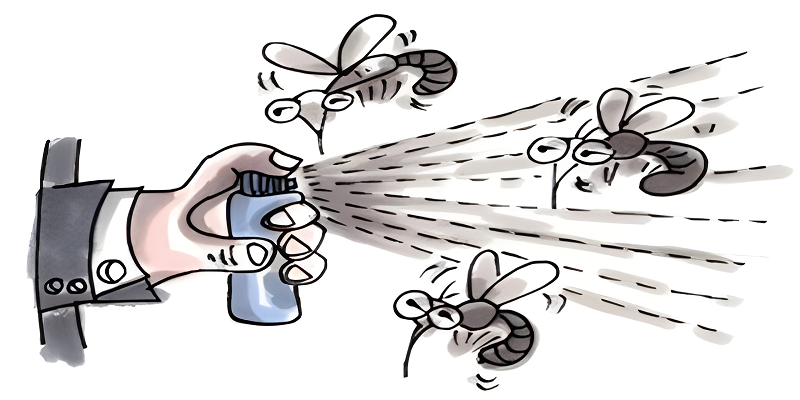Esbiothrin, an active ingredient commonly found in insecticides, has sparked concerns regarding its potential risks to human health. In this in-depth article, we aim to explore the functions, side effects, and overall safety of Esbiothrin as an insecticide.
1. Understanding Esbiothrin:
Esbiothrin is a synthetic pyrethroid insecticide known for its wide application in various products aimed at controlling pests. Its primary function lies in its ability to disrupt the nervous system of insects, leading to paralysis and ultimately their demise. This feature makes it effective in combating a range of insects, including mosquitoes, flies, cockroaches, and ants.
2. How Esbiothrin Works:
Once applied, Esbiothrin acts by targeting the sodium channels within the nervous system of insects. By binding to these channels, it interrupts the normal flow of nerve impulses, rendering the pests immobile. This action is crucial in reducing both the population and overall nuisance caused by these insects.
3. Safety Considerations:
a) Human Exposure: When used according to recommended guidelines, the risks associated with Esbiothrin exposure are minimal for humans. The United States Environmental Protection Agency (EPA) and other regulatory bodies closely monitor and assess the safety of insecticides, ensuring that the levels of Esbiothrin present in consumer products adhere to established limits.
b) Potential Side Effects: Although considered safe when used as directed, some individuals may experience mild skin irritation or respiratory discomfort when in direct contact with Esbiothrin-treated surfaces. However, these side effects are temporary and can be avoided by following proper usage instructions and employing necessary protective measures.
4. Environmental Impact:
Esbiothrin undergoes rapid degradation under typical environmental conditions, minimizing the potential for persisting in the environment. Furthermore, its low toxicity to birds and mammals ensures minimal harm to non-target organisms. However, caution must still be exercised to prevent the contamination of water bodies, as it could adversely affect aquatic life.
5. Precautions and Best Practices:
To ensure maximum safety while using Esbiothrin-based insecticides, consider the following precautions:
a) Read and adhere to the product label instructions carefully.
b) Wear appropriate protective clothing, such as gloves and respirators, if direct contact is expected.
c) Store products out of reach of children and pets.
d) Avoid spraying near food preparation areas.
e) Dispose of empty containers responsibly, following local regulations.
Conclusion:
Through a detailed examination of Esbiothrin, we have evaluated its functions, side effects, and overall safety as an insecticide. When used responsibly and in accordance with the provided guidelines, Esbiothrin can effectively control insect populations while posing minimal risks to human health and the environment. As always, it is advisable to consult professional advice and adhere to local regulations for the best practices in insecticide usage.
Post time: Nov-07-2023




